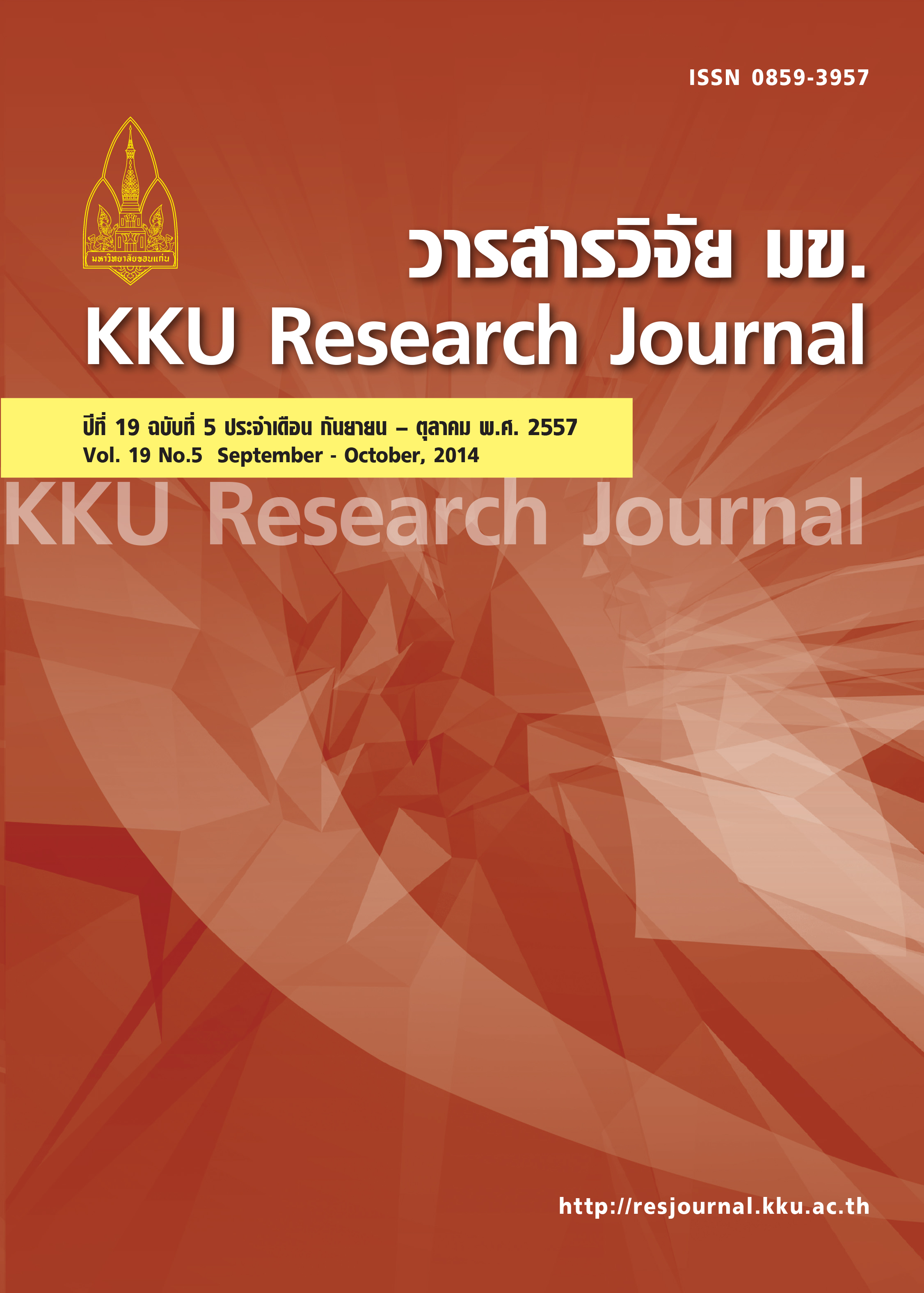Ergonomic risk assessment in university office workers
Main Article Content
Abstract
This cross-sectional descriptive study was conducted to assess the ergonomic risks among 231 offie staffs at a university in the northeast region of Thailand. All ofthe staffs used desktop computers for more than 4 hours per day during the working time. Data were collected by using a structured interview questionnaire and the Rapid Offie Strain Assessment (ROSA) technique. The results ofthis study showed that theergonomic risks were athighlevel inthe majorityofthe offie staffs (66.23%), the risks were moderate in19.48%, andthe risks were very high in 13.85%. Light intensities in the work areas were below standard for 99.13% ofthe workstations. By using the ROSA, this study showed that most ofthe computer users were exposed to the high level of the ergonomic risks correlation with their working postures and their work environments. For the prevention of musculoskeletal disorders (MSDs), the personal working behaviors andthe designofthe workstations shouldbe improvedbasedon the ergonomic principles.
Article Details
How to Cite
Krusun, M., & Chaiklieng, S. (2017). Ergonomic risk assessment in university office workers. Asia-Pacific Journal of Science and Technology, 19(5), 696–707. retrieved from https://so01.tci-thaijo.org/index.php/APST/article/view/83014
Section
Research Articles


